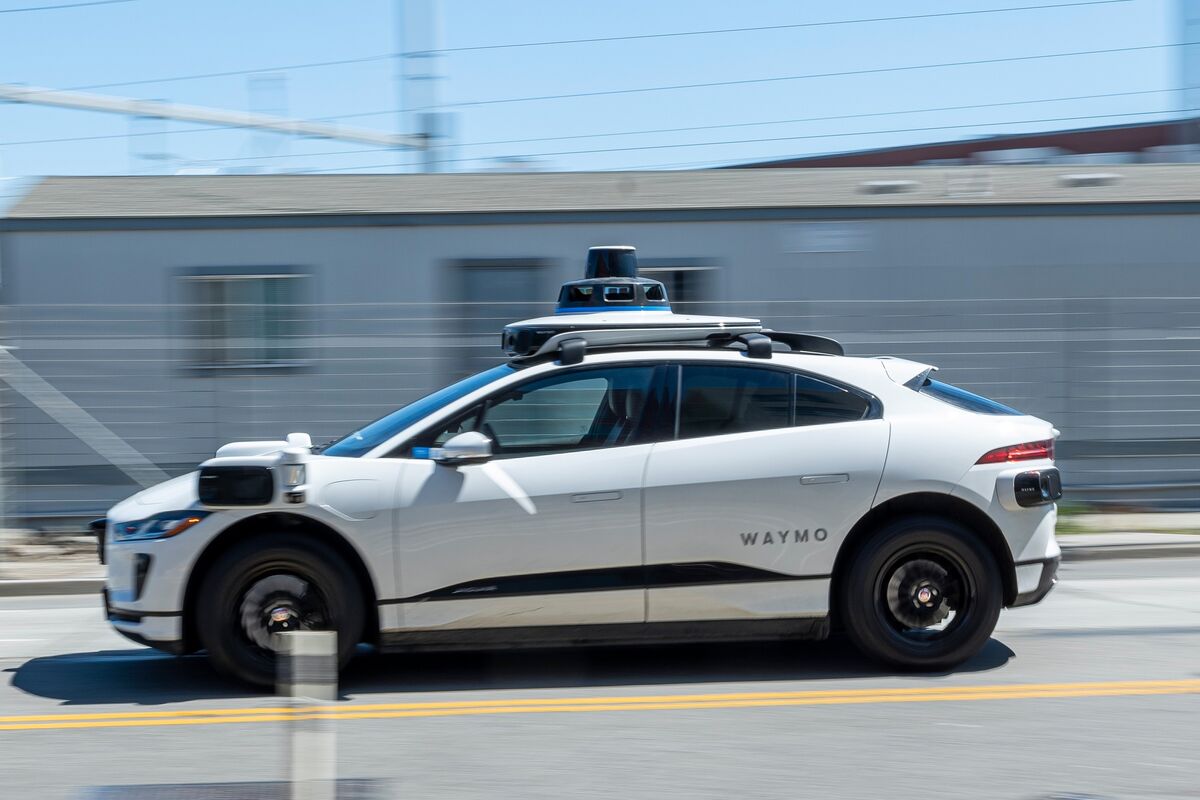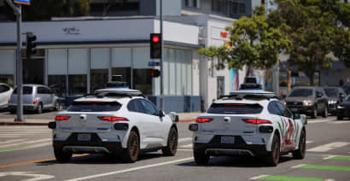Waymo Brings Self-Driving Cars to New York City Streets but a Human Will Still Hold the Wheel
Autonomous vehicle technology is making its way to one of the busiest, most complex urban landscapes in the world — New York City. In a significant and cautious step forward, Waymo, a pioneer in self-driving technology, is preparing to roll out its cars onto the city’s iconic streets. But for now, a human driver will remain behind the wheel.
This move represents a crucial milestone in the journey toward a fully autonomous future in the nation’s largest city, where traffic congestion, aggressive driving behavior, and ever-changing weather patterns make it one of the toughest testing grounds for autonomous vehicles.
The First Step Toward Autonomy in the Big Apple
Waymo has officially filed a permit with the New York City Department of Transportation to begin driving its vehicles in Manhattan. Initially, these cars will be operated manually by trained drivers, allowing the company to gather essential data and better understand local driving behavior, road layouts, and environmental conditions.
While these are not yet driverless rides, the initiative lays the foundation for Waymo’s broader vision — a fully autonomous ride-hailing service in New York City.
“We’re not in New York full-time just yet,” the company stated, “but we are actively working to bring our fully autonomous service to the city in the future.”
Navigating Legal Roadblocks
Currently, New York State law prohibits operating autonomous vehicles without a human driver present, posing a significant hurdle to fully driverless deployment. Waymo has acknowledged this barrier and is actively advocating for legislative change that would allow self-driving vehicles to operate without a safety driver on board.
Until then, Waymo plans to run its vehicles with trained operators who can manually control the car if needed, all while gathering the operational data necessary to demonstrate the safety and efficacy of the technology in dense urban environments.
Why New York?
New York City is an unmatched testing environment. With its narrow streets, unpredictable traffic, high pedestrian volume, and diverse weather, it presents one of the most complex challenges for any autonomous system. Waymo aims to refine its technology in this high-stress environment before launching fully autonomous rides in the city.
Waymo previously brought its cars to New York in 2021 for limited testing focused on manual driving and data collection. That effort, while short-lived, provided valuable insights — particularly regarding driving in icy and snowy conditions — and helped shape the company’s continued development.
Waymo’s Rapid Expansion Across the U.S.
Even as it treads carefully into New York, Waymo continues its aggressive expansion across the United States. Its Waymo One ride-hailing service now offers over 250,000 fully autonomous rides per week in cities like Phoenix, San Francisco, Los Angeles, and Austin.
Looking ahead, Waymo plans to launch autonomous services in Atlanta, Miami, and Washington, D.C. by 2026, further solidifying its role as a front-runner in the self-driving revolution.
What Comes Next for NYC?
While this first wave of testing won’t bring robotaxis to New Yorkers just yet, it signals a major shift in urban transportation planning. The presence of Waymo cars — even with human drivers — is expected to familiarize city dwellers with the technology, gradually building public trust and awareness.
Waymo’s methodical approach — first gathering data, then seeking legal permissions, and finally transitioning to fully autonomous operations — reflects a careful strategy in a city known for its tight regulations and tough streets.
Conclusion
Waymo’s return to New York City marks a bold and measured step toward a driverless future. While it may be some time before residents hail an autonomous ride through Times Square or down Fifth Avenue, the groundwork is being laid — one test drive at a time.
With its eyes set on policy reform and its cars ready for the challenge, Waymo is not just entering New York — it’s setting the stage for the next chapter in urban mobility innovation.

